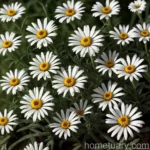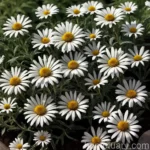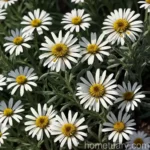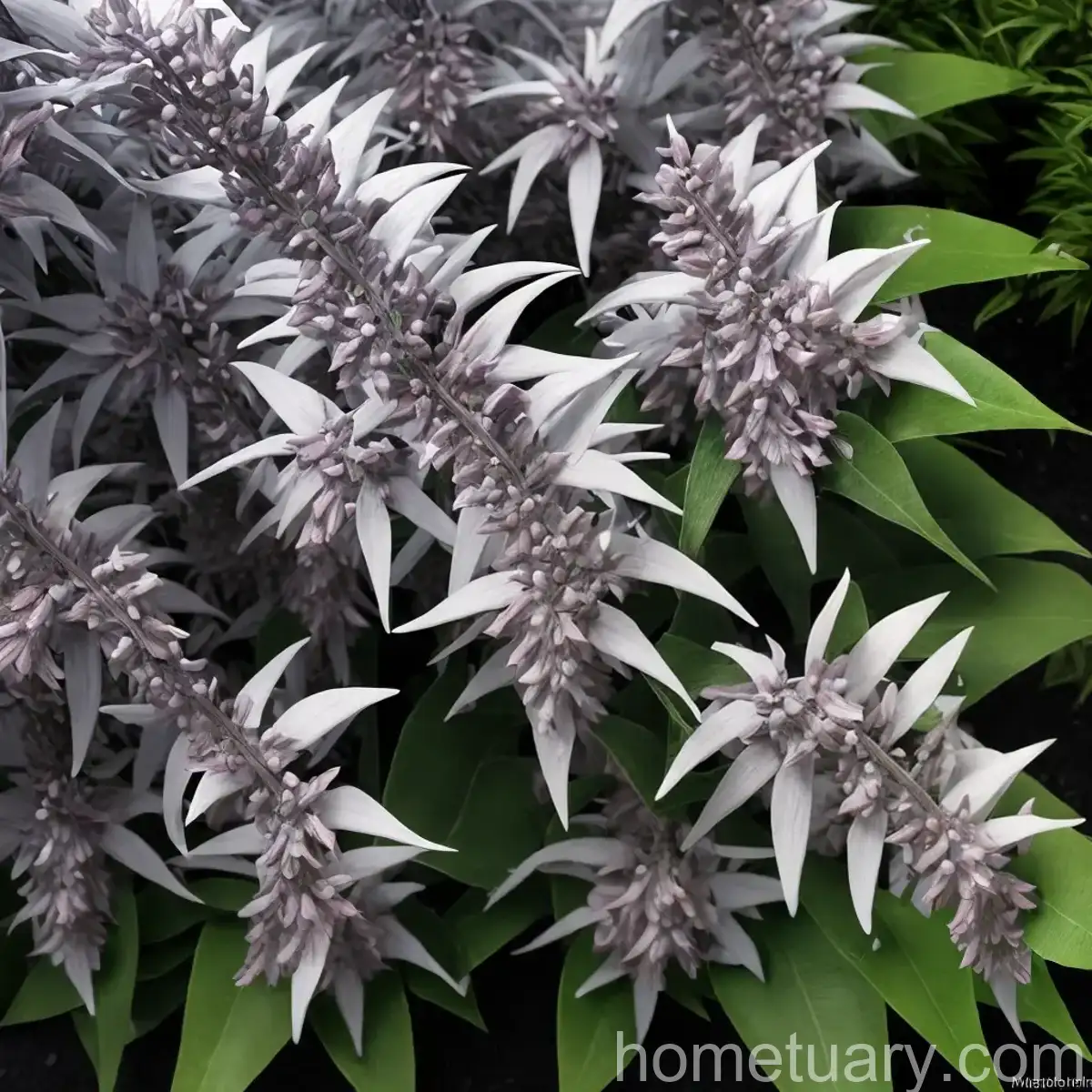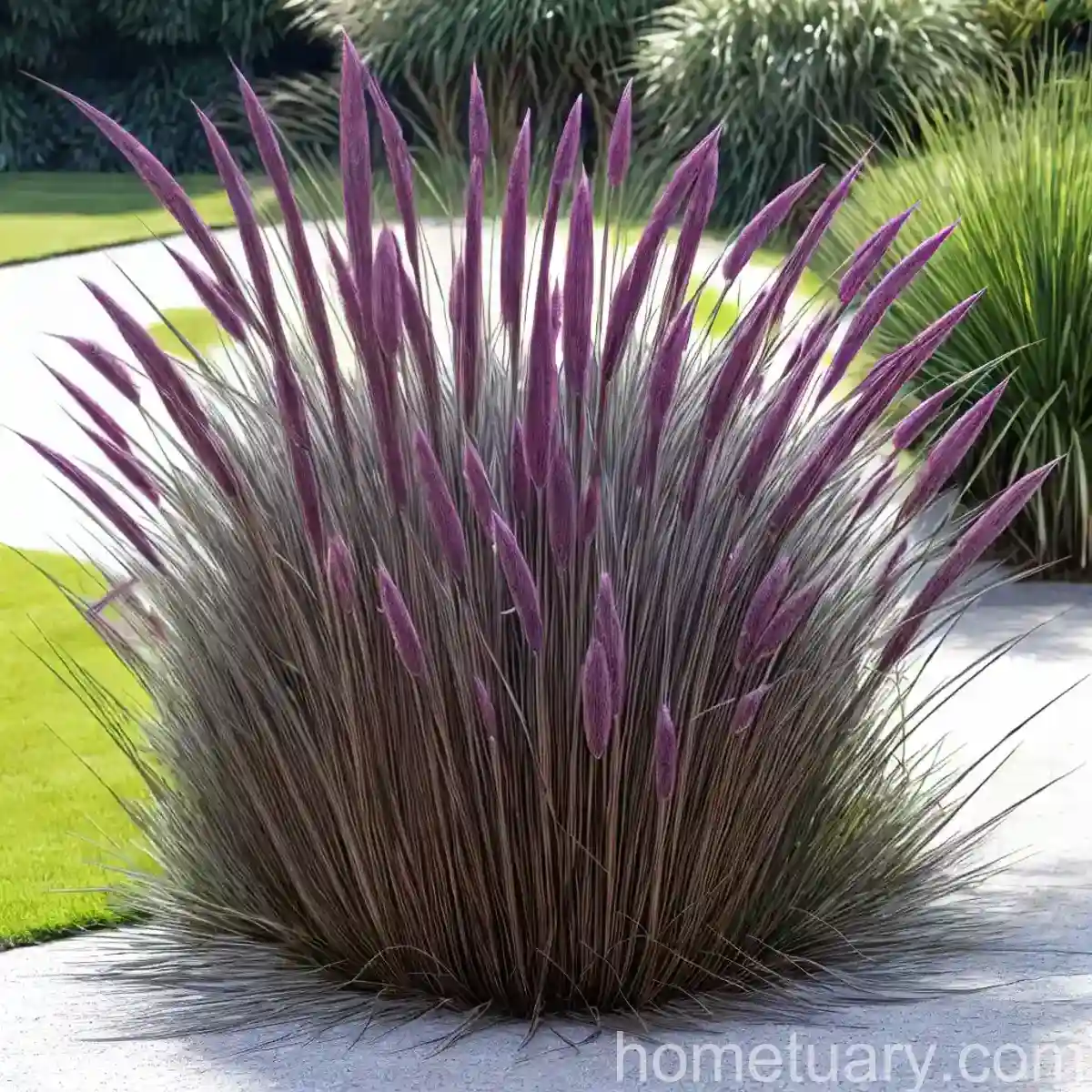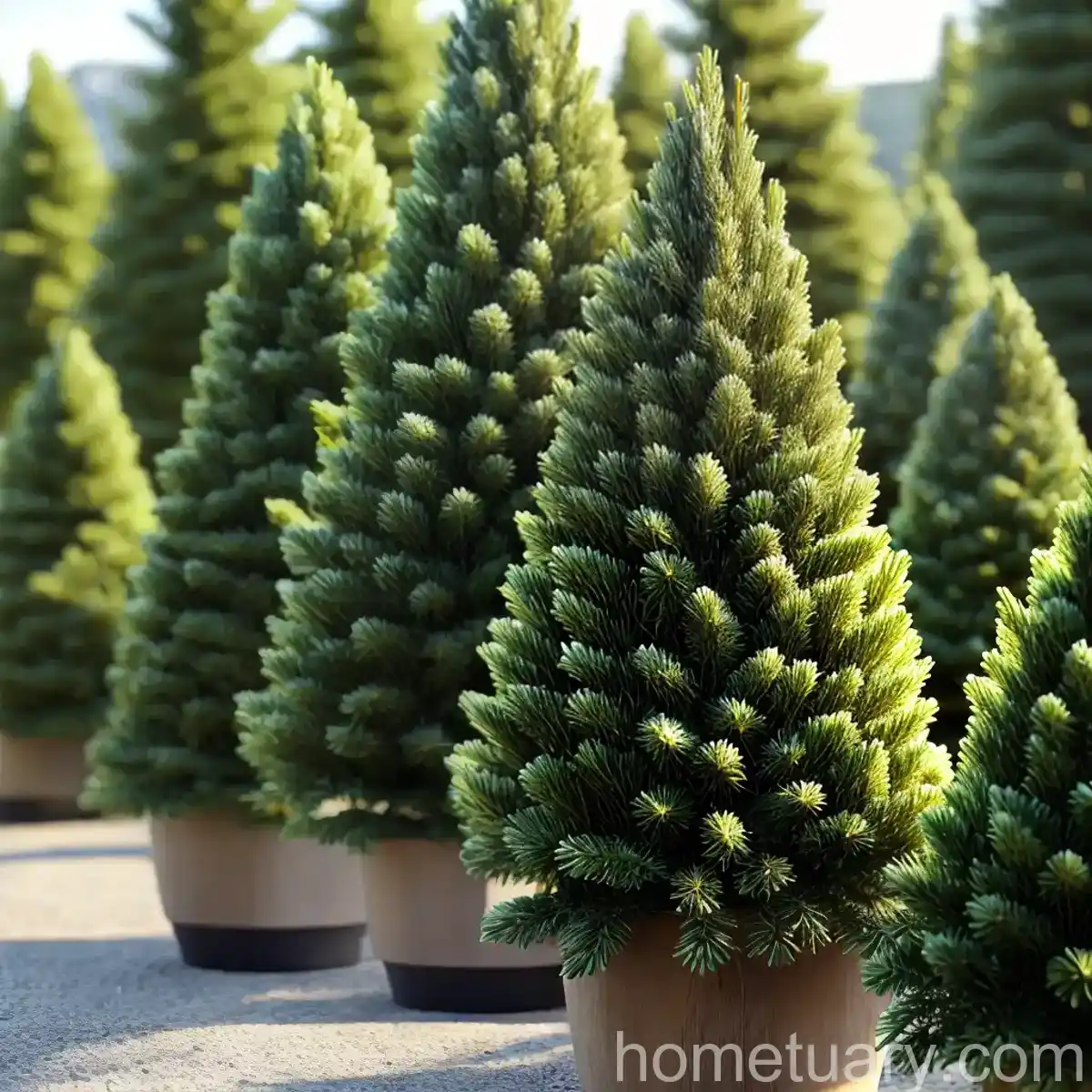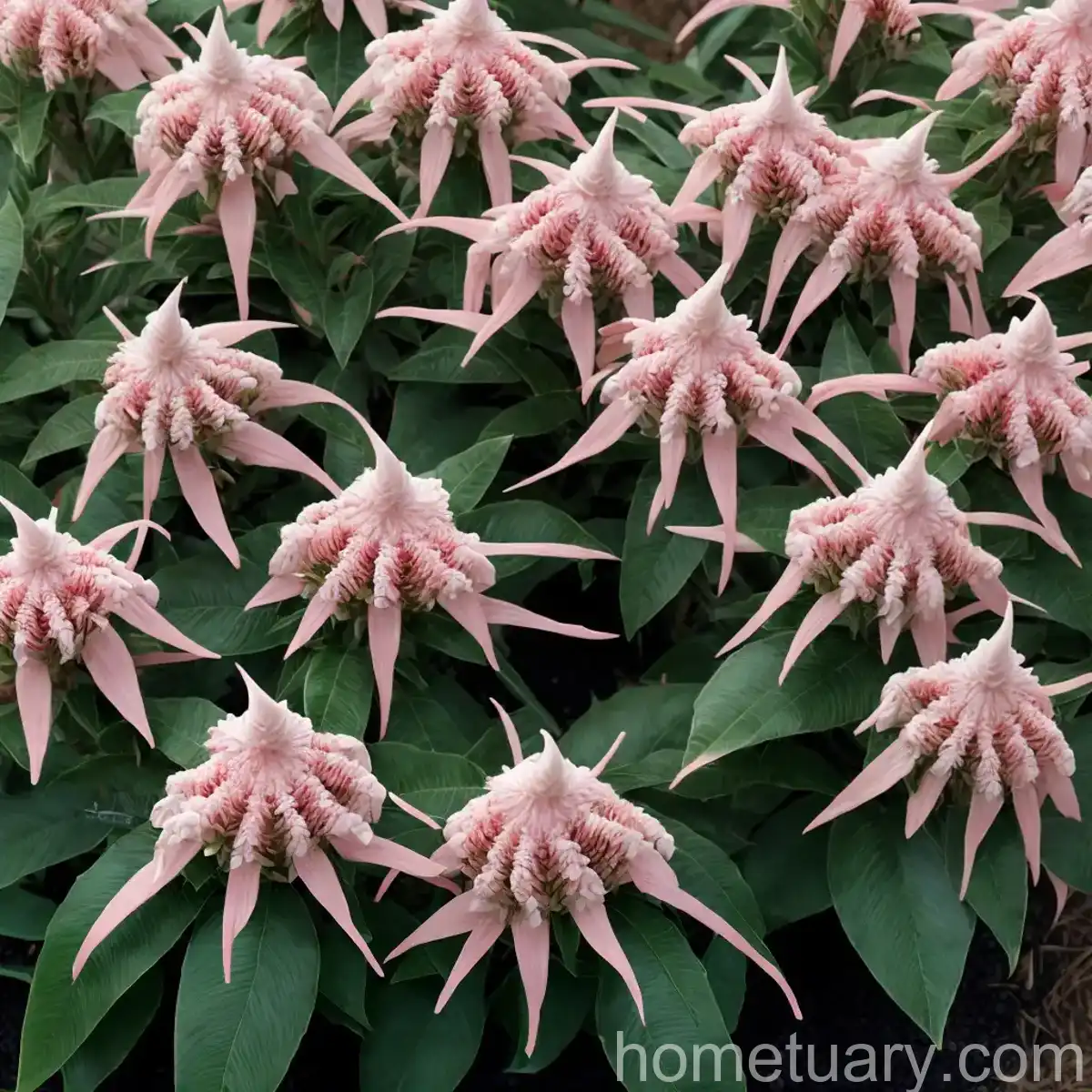Shasta Daisy (Leucanthemum x superbum ‘Tinkerbelle’): A Plant Scientist’s Guide
Shasta daisy, scientifically known as Leucanthemum x superbum ‘Tinkerbelle’, is a charming perennial plant that is widely popular for its elegant white flowers and easy-to-manage nature. As a plant scientist, I am excited to walk you through the key aspects of caring for and cultivating this beautiful plant. In this comprehensive guide, we will explore the cultural aspects, uses, maintenance tips, and common diseases and pests associated with Shasta daisy. Additionally, we will delve into propagation techniques, container gardening, and the popularity of this delightful plant in the horticultural world.
What is Shasta Daisy (Leucanthemum x superbum ‘Tinkerbelle’)?
The Shasta daisy, a member of the Asteraceae family, is a charming perennial plant often prized for its large, daisy-like flowers that bloom in the summer. The ‘Tinkerbelle’ variety is a cultivar of the Leucanthemum x superbum species, known for its compact size and abundant blooms. The Shasta daisy is a popular choice for gardeners due to its versatility, adaptability, and ability to attract pollinators.

Source: Wikimedia Commons
Key Takeaways – Shasta Daisy (Leucanthemum x superbum ‘Tinkerbelle’)
Here are the key takeaways about Shasta daisies and specifically the ‘Tinkerbelle’ variety that we will cover in detail throughout this guide:
- Culture
- Uses
- Water
- Sunlight
- Fertilizer
- Soil
- Pruning
- Propagation
- Container Popularity
- Common Diseases
- Common Pests
- Botanist’s Tips
- Fun Facts
Now, let’s dive deeper into each of these aspects to gain a comprehensive understanding of Shasta daisies and the ‘Tinkerbelle’ variety.
Culture
Uses
Shasta daisies, including the ‘Tinkerbelle’ variety, have a range of uses in horticulture and landscaping. Some of the common uses include:
- Garden Borders: Shasta daisies are often used to border garden beds, adding a touch of elegance with their profusion of white blooms.
- Cut Flowers: The long stems and striking white flowers make Shasta daisies popular for floral arrangements and bouquets.
- Pollinator Gardens: These plants attract bees, butterflies, and other beneficial insects, making them an excellent choice for pollinator-friendly gardens.
Water
Proper watering is essential for the health and vigor of Shasta daisies. Here are some key points to consider regarding watering:
- Regular Watering: Shasta daisies prefer a consistent moisture level in the soil, especially during the growing season. It is important to avoid waterlogged conditions, as they can lead to root rot.
- Deep Watering: When watering, ensure that the moisture reaches the root zone to promote healthy and robust root development.
Sunlight
Shasta daisies thrive in abundant sunlight, making them an ideal choice for sunny garden spots. Here are some considerations related to sunlight requirements:
- Full Sun: To achieve the best flowering and overall growth, aim to plant Shasta daisies in locations that receive at least 6 to 8 hours of direct sunlight per day.
- Partial Shade: While they prefer full sun, Shasta daisies can tolerate some shade, especially in regions with intense midday heat.
Fertilizer
Fertilizing the soil can contribute to the health and vitality of Shasta daisies. Consider the following when fertilizing these plants:
- Balanced Fertilizer: Use a balanced, all-purpose fertilizer to provide essential nutrients for healthy growth and abundant flowering.
- Application Frequency: Apply fertilizer in early spring, just as new growth emerges, and consider a second application in midsummer if the plants show signs of nutrient deficiencies.
Soil
The soil quality and composition play a crucial role in the overall well-being of Shasta daisies. Here are some soil-related considerations:
- Well-Drained Soil: Shasta daisies thrive in well-drained soil to prevent waterlogging and root rot. Amending heavy or compacted soils with organic matter can improve drainage.
- pH Level: They prefer slightly acidic to neutral soil with a pH range of 6.0 to 7.0. Conduct a soil test to assess the pH level and make adjustments as necessary.
Pruning
Pruning is an integral part of maintaining Shasta daisies and promoting a healthy growth cycle. Consider the following when pruning these plants:
- Deadheading: Regular deadheading of spent blooms encourages continuous flowering and prevents self-seeding, especially for varieties like ‘Tinkerbelle’ that may have a tendency to self-sow prolifically.
- Cutting Back: In late summer, consider cutting back the foliage and spent flower stems to encourage a fresh flush of growth and potential late-season blooms.
Propagation
Container Popularity
The ‘Tinkerbelle’ variety of Shasta daisy is well-suited for container gardening, adding beauty and elegance to patios, balconies, and small garden spaces. Here are some considerations for growing Shasta daisies in containers:
- Container Size: Opt for a medium-sized container with sufficient drainage holes to prevent waterlogging.
- Potting Mix: Use a well-draining potting mix rich in organic matter to provide a favorable growing environment for the plants.
- Watering: Containers may require more frequent watering, especially during hot and dry periods.
Common Diseases
Shasta daisies, including the ‘Tinkerbelle’ variety, are generally robust plants, but they can be susceptible to certain diseases. Common diseases that may affect these plants include:
- Powdery Mildew: This fungal disease can manifest as a powdery, white coating on the foliage, leading to stunted growth and reduced flowering.
- Leaf Spot: Fungal leaf spot diseases can cause small, dark spots to form on the leaves, potentially leading to premature leaf drop.
Disease Diagnosis
When observing signs of disease on Shasta daisies, it is important to accurately diagnose the issue for effective management. Here are some steps for diagnosing plant diseases:
- Visual Inspection: Carefully examine the leaves, stems, and flowers for any abnormal discoloration, spots, or unusual growth.
- Symptom Comparison: Compare the observed symptoms with known disease patterns to identify potential causes.
- Consultation: If in doubt, consult with a local extension service, horticulturist, or plant pathologist for accurate diagnosis and treatment recommendations.
Common Pests
In addition to diseases, Shasta daisies can be targeted by certain pests. Common pests that may affect these plants include:
- Aphids: These small, sap-sucking insects can cluster on the undersides of leaves, causing distorted growth and weakening the plants.
- Slugs and Snails: These mollusks can feed on the foliage and flowers, leaving behind noticeable feeding damage.
Botanist’s Tips
As a plant scientist, I have some key tips for successfully caring for Shasta daisies, particularly the ‘Tinkerbelle’ variety:
- Mulching: Applying a layer of organic mulch around the base of the plants can help conserve moisture, suppress weeds, and provide a gradual release of nutrients as it decomposes.
- Staking: Tall varieties of Shasta daisies may benefit from staking to support the flower stems and prevent them from leaning or breaking in windy conditions.
- Division: Every few years, consider dividing established clumps of Shasta daisies to rejuvenate the plants and maintain their vigor.
- Companion Planting: Pair Shasta daisies with complementary plants such as lavender, salvia, and catmint to create visually appealing and pollinator-friendly garden displays.
Fun Facts
Here are some intriguing and delightful facts about Shasta daisies and the ‘Tinkerbelle’ variety:
- Butterfly Magnets: Shasta daisies are known to attract a variety of butterflies with their nectar-rich flowers, adding a touch of dynamic beauty to garden landscapes.
- Long-Lasting Blooms: When properly cared for, Shasta daisies can produce blooms from late spring through summer, offering an extended period of floral beauty.
- Herbal Uses: In addition to their ornamental value, Shasta daisies have been used in herbal medicine for their purported healing properties, including as a natural remedy for skin irritations.
As we conclude this comprehensive guide, I hope you have gained valuable insights into the captivating world of Shasta daisies, particularly the esteemed ‘Tinkerbelle’ variety. Whether you are a seasoned gardener or a novice enthusiast, these resilient and charming plants are sure to bring joy and beauty to your outdoor spaces.
For more detailed information regarding the care and cultivation of Shasta daisies, I encourage you to explore the following external resources:
- The American Horticultural Society: Shasta Daisy Growing Guide
- Royal Horticultural Society: Leucanthemum (Shasta Daisies)
- University of Florida IFAS Extension: Shasta Daisy Diseases
Remember to share the beauty and joy of Shasta daisies with fellow gardening enthusiasts, and continue to nurture and appreciate the natural wonders that enrich our lives.
Happy gardening!
Disclaimer: This guide is intended for informational purposes only and does not serve as professional gardening or medical advice. Always consult with a qualified horticulturist or botanist for specific plant care and management recommendations.
Keywords: Shasta daisy care, Tinkerbelle daisy, Leucanthemum x superbum Tinkerbelle, Shasta daisy varieties, Shasta daisy flower, Shasta daisy plant, Tinkerbelle daisy care, Leucanthemum x superbum care, Shasta daisy perennial, Tinkerbelle shasta daisy, Shasta daisy landscaping, Leucanthemum x superbum Tinkerbelle care, Shasta daisy pruning, Tinkerbelle daisy plant, Shasta daisy garden, Shasta daisy propagation, Tinkerbelle daisy flower, Leucanthemum x superbum Tinkerbelle plant, Shasta daisy soil requirements, Tinkerbelle daisy landscaping, Shasta daisy companion plants, Tinkerbelle daisy perennial, Shasta daisy sun exposure, Leucanthemum x superbum Tinkerbelle care tips, Shasta daisy maintenance, Tinkerbelle daisy varieties, Shasta daisy water requirements, Tinkerbelle daisy propagation, Shasta daisy bloom time, Leucanthemum x superbum Tinkerbelle pruning, Shasta daisy fertilization, Tinkerbelle daisy care guide, Shasta daisy container gardening, Tinkerbelle daisy sun exposure, Shasta daisy diseases, Tinkerbelle daisy companion plants, Shasta daisy growing tips, Leucanthemum x superbum Tinkerbelle bloom time, Shasta daisy winter care, Tinkerbelle daisy water requirements, Shasta daisy landscaping ideas, Tinkerbelle daisy container planting, Shasta daisy pest control, Tinkerbelle daisy maintenance, Shasta daisy plant height, Tinkerbelle daisy soil requirements, Shasta daisy garden design, Tinkerbelle daisy bloom season, Shasta daisy pruning guide, Leucanthemum x superbum Tinkerbelle propagation




